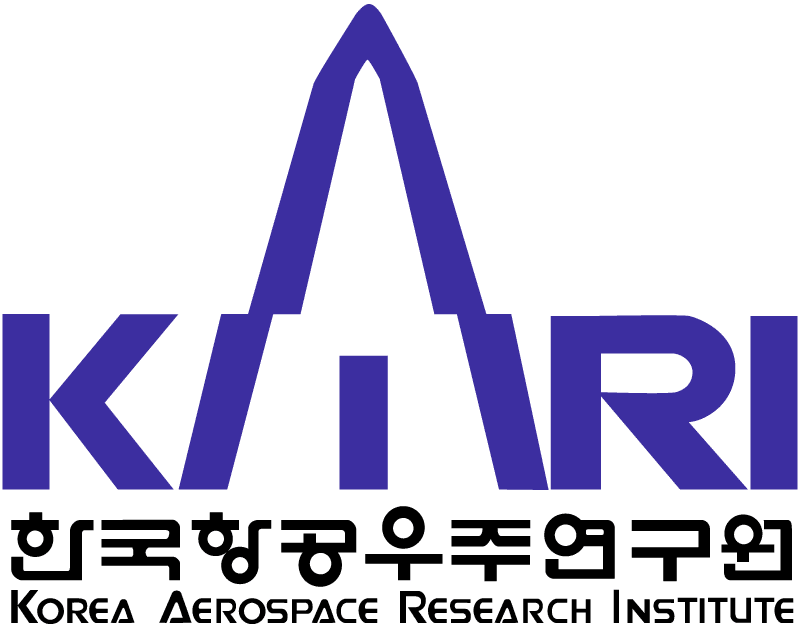
Why is the star blinking? How does this work?
NASA+ leverages NASA's research to engage youth with space and science content. It features Cosmo, an AI that answers kids' questions, effectively communicating NASA's mission to younger generations.
Role - Project lead, UX Research
Duration - 10 weeks
Team - group of 5
Tools - Figma, Qualtrics, Illustrator, After Effects
Everything began with the assumption
"NASA still holds it name because of its old glory, NOT because of what they are doing now."
Then we focused on validating this assumption for the future vision of the project.
More than 85% people were interested in STEM in their young age.
In 2024, 18-24 year olds' space views shaped more by sci-fi than facts.
7% of the NASA’s science and engineering workers are age 20 - 29.
In 2024, 56% say they have heard a little, and 33% say they have heard nothing at all about NASA.
Expert Interview
Asked about the focus of the industry and the reality of communicating to the public, specifically to the younger generation.

Chief of Branch Control Division at NASA

Senior Researcher at KARI

Meteorology at UNC Charloette

Chief of Branch Control Division at NASA
"NASA is more into R&D, national and mankind research...The challenge that NASA face is getting the general public to see the value that is gained from the science and research that we do."

Chief of Branch Control Division at NASA
"One of the challenge that PR is facing is when those missions are happening, how do we take that and translate that back to the public to get them more excited about what is going on in the space and future."

Senior Researcher at KARI
"Even now, we are providing enough education, but there is a need to consider a more user friendly direction."
Target Audience
Early exposure to space careers will provide the opportunity to shape future trajectories of Gen Alpha from age 7 - 11.










